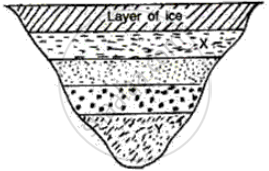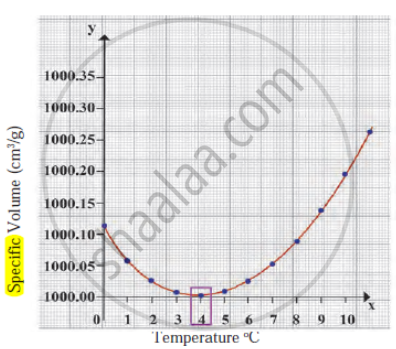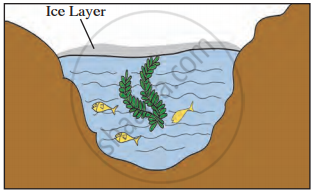Advertisements
Advertisements
Question
Solution
APPEARS IN
RELATED QUESTIONS
Give reason of Water pipes burst in severe winter.
Calculate the time required to heat 20 kg of water from 10°C to 35°C using an immersion heater rated 1000 W. Assume that 80% of the power input is used to heat the water. Specific heat capacity of water = 42000 J kg−1 K−1.
A 50 kg man is running at a speed of 18 km h−1. If all the kinetic energy of the man can be used to increase the temperature of water from 20°C to 30°C, how much water can be heated with this energy?
Consider the situation of the previous problem. Assume that the temperature of the water at the bottom of the lake remains constant at 4°C as the ice forms on the surface (the heat required to maintain the temperature of the bottom layer may come from the bed of the lake). The depth of the lake is 1.0 m. Show that the thickness of the ice formed attains a steady state maximum value. Find this value. The thermal conductivity of water = 0.50 W m−1°C−1. Take other relevant data from the previous problem.
What will be the approximate temperature of water in the lake shown in the following diagram?

(i) At X, and
(ii) At Y?
When the temperature of water decreases below 4 °C it’s volume _______.
Write scientific reason.
Placing a plastic bottle filled with water in the freezing compartment in the freezer can cause the bottle to explode.
Observe the following diagram and write the answers to the questions given below.

- Which process does the graph represent?
- What is the range of temperature responsible for the behaviour?
Observe the given picture and answer the following questions.

- Which property do you understand in this picture?
- What is the temperature of the water at the surface?
- What is the temperature below the layer of ice on the surface?
